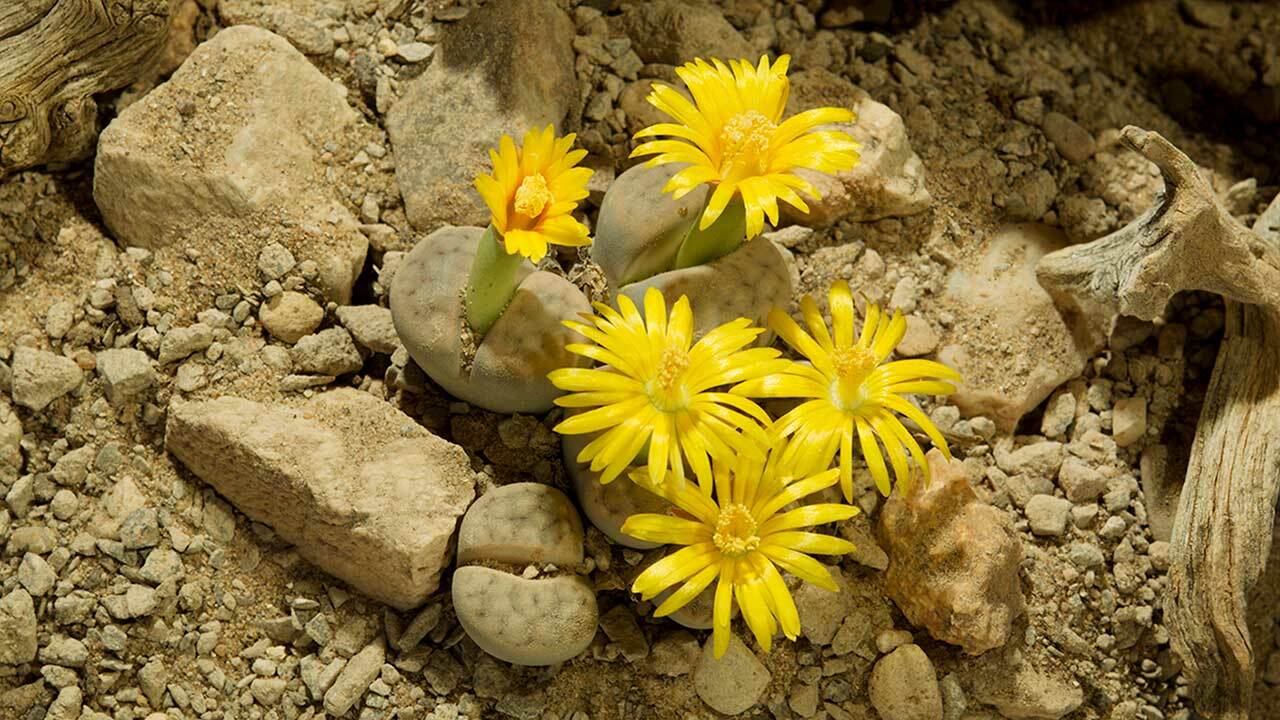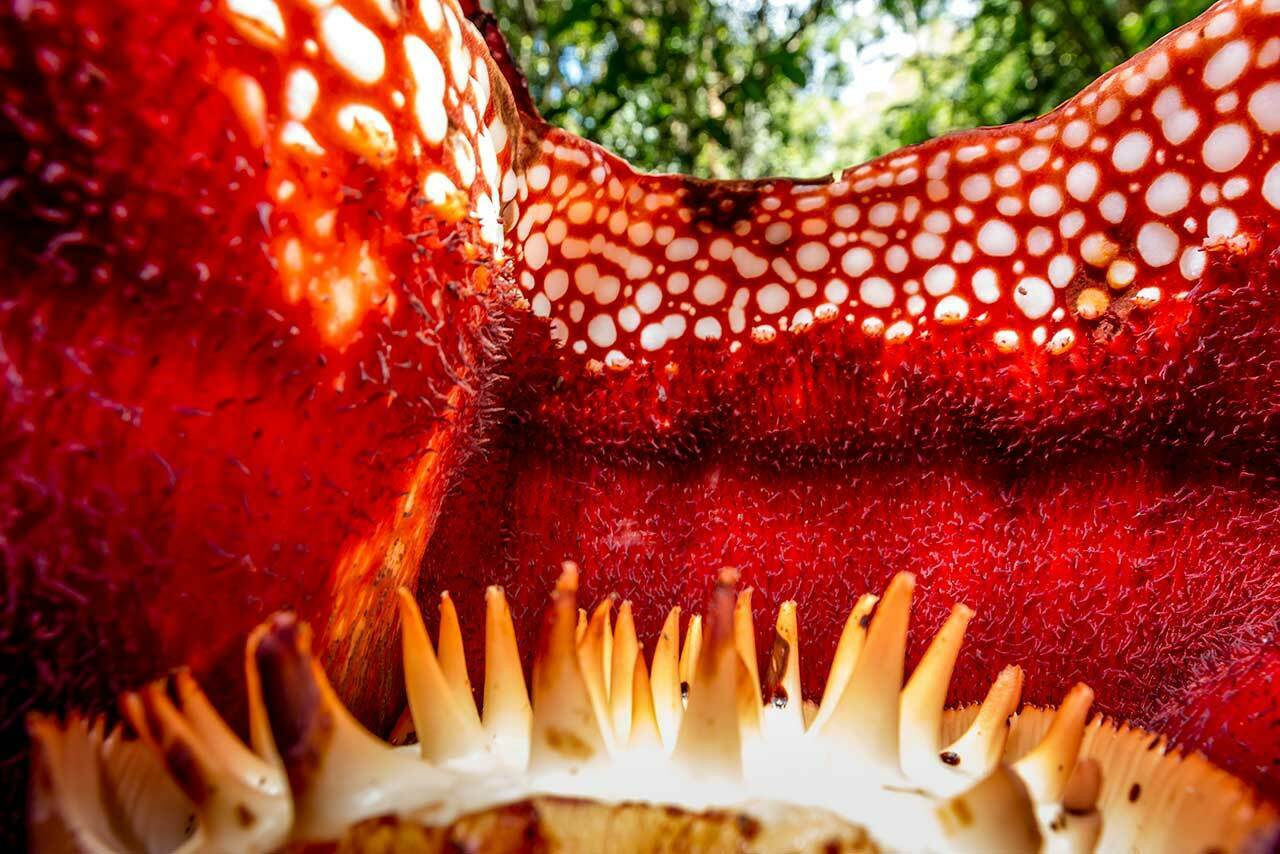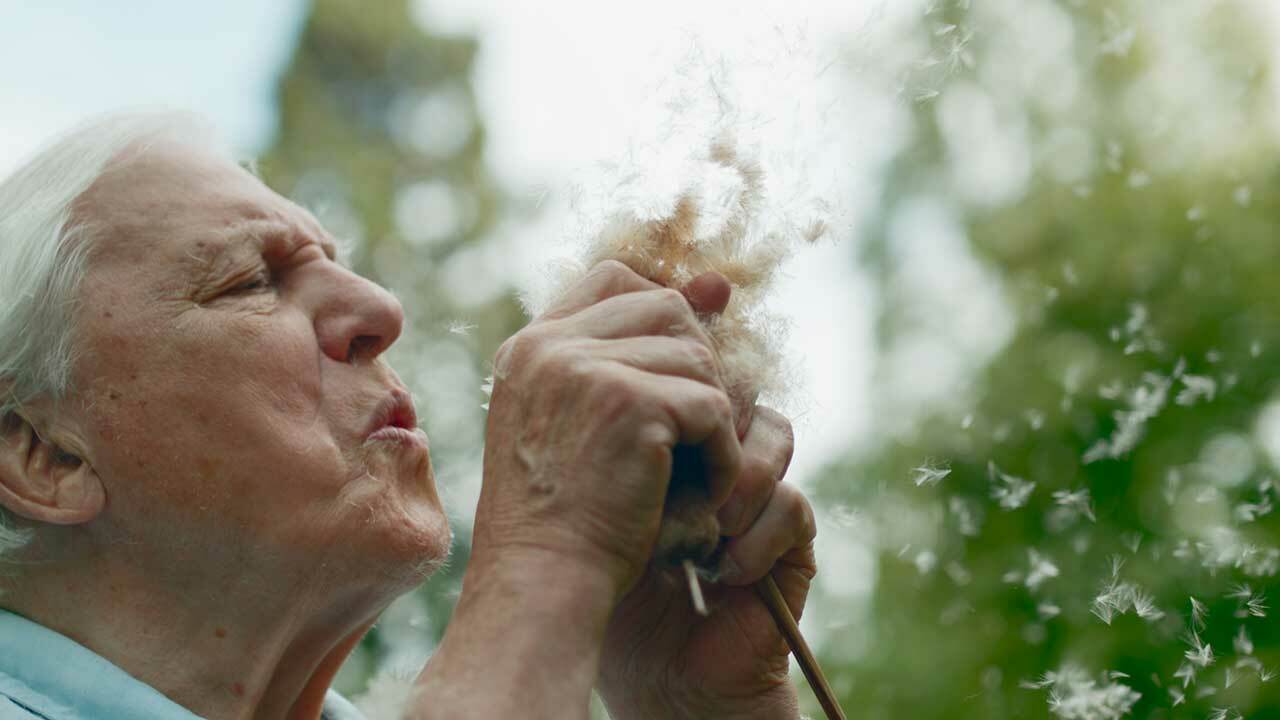
Sir David Attenborough has journeyed across the world – and even into the past – to show his viewers the incredible wildlife that populates planet Earth. Join him this summer as he takes you on his latest adventure, a deep dive into the flora of our marvelous “Green Planet.”
Sir David Attenborough is one of the world's most respected broadcasters and naturalists. For more than 50 years, he has been entertaining and enlightening audiences with his unique brand of wit and wisdom.
Born in 1926, Sir David started his career as a producer with the BBC Natural History Unit. He went on to make some of the most iconic wildlife programs of all time, including “Life on Earth” and “The Blue Planet.”
In recent years, Sir David has been a vocal champion of action on climate change. He has also campaigned for the protection of endangered species and habitats –many of the latter are showcased in “The Green Planet.”
The show covers the wildly different landscapes and biomes of Earth, from rainforests, where plants must deal with an abundance of rain to arid deserts where plants must live to learn with almost no water. On “The Green Planet,” Sir David Attenborough takes you on a tour of Earth’s most interesting plants, including ones that flourish in tropical worlds, ones that grow in water and even those that bloom in icy snow forest or in the pavement cracks of bustling cities.
“The Green Planet” premieres this summer on PBS.
Where to Watch The Green Planet
"The Green Planet" premiered on PBS in the US on July 6th at 8/7c and will concurrently stream on PBS Passport, an added member benefit, which offers extended access to a large digital, on-demand library of PBS favorites. Find your local station or get the PBS Video app to start watching today. The show airs through August 3rd.
While you wait for each episode of “The Green Planet” to air, check out this trailer and these clips from the show.

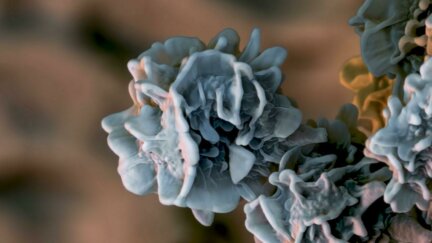
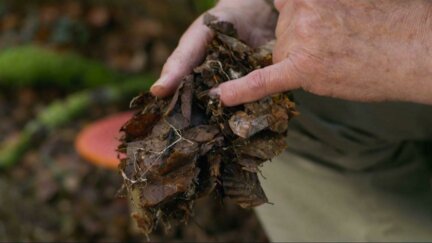
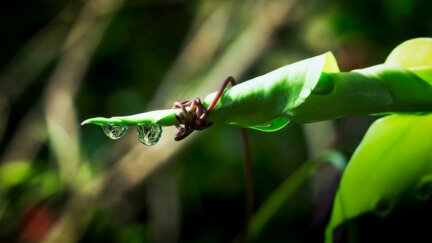
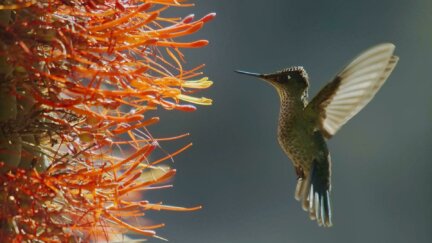
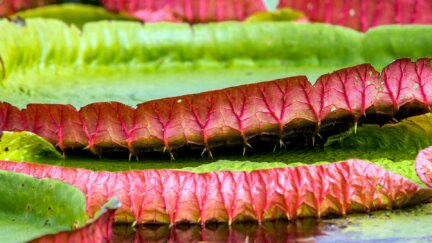
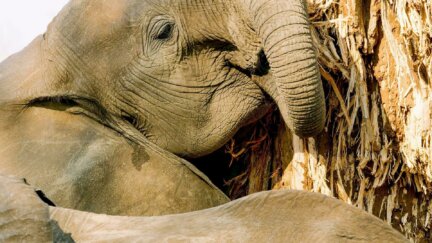
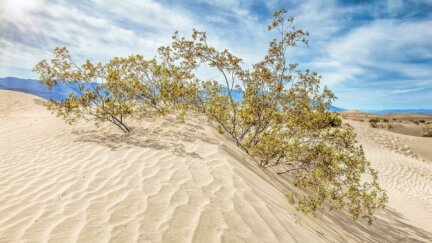
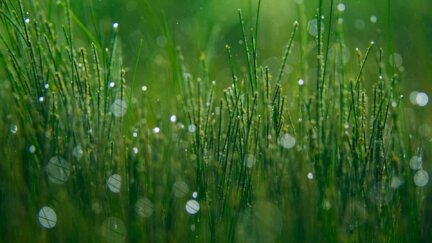
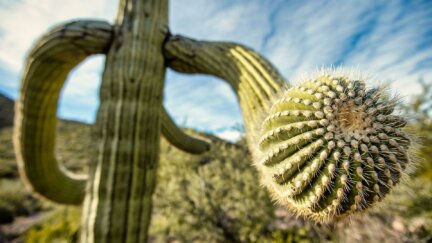
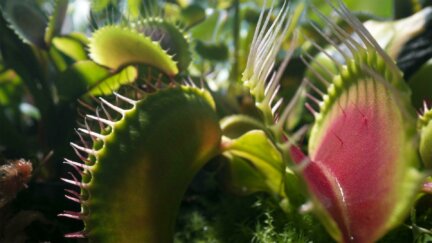
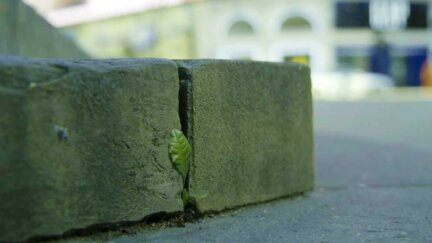
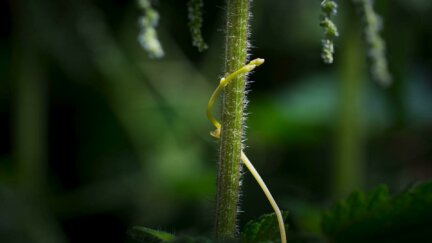
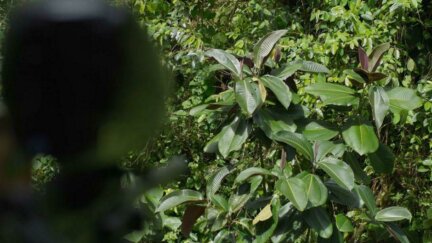
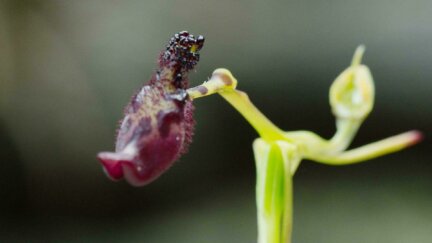
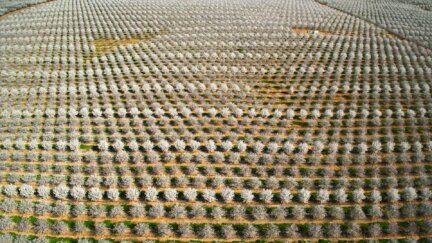
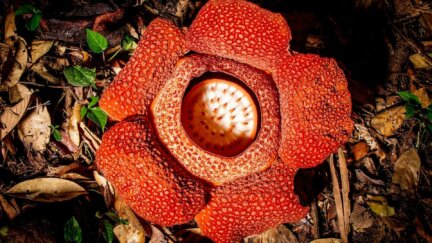
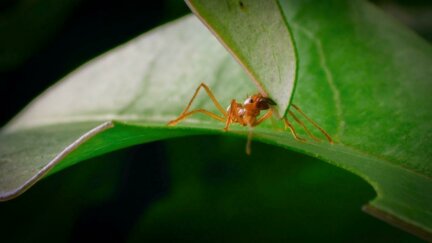
- 1
- 2
- 3
- 4
- 5
- Next

The PBS 'What to Watch' Weekly Newsletter
What to Watch delivers the best shows and content PBS has to offer each week.
Explore More of The Green Planet
